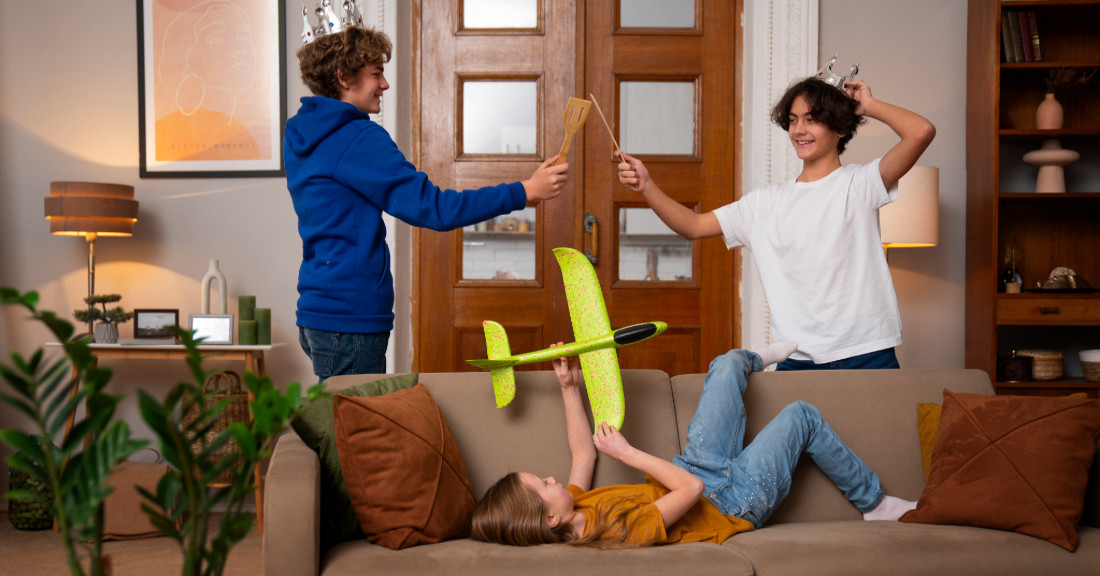1. Your Home Should Feel Like a Hug
Ever walk into someone’s house and instantly feel at ease? Or maybe you’ve sat in a space that made you want to leave as soon as possible? That’s not just vibes—it’s psychology. Furniture is more than places to sit and surfaces to set your coffee on. It shapes how we feel, behave, and even how we think. The right setup can make you feel safe, calm, and energized. The wrong one? Unsettled, distracted, even anxious. The space we live in whispers to us constantly—and furniture is a big part of that conversation.
2. Color Isn’t Just Pretty—It’s Powerful
Color does a lot more than make things look nice. It talks directly to our brains. A deep blue couch can help you decompress after a long day. A cheerful mustard chair in the corner might give you that unexpected little mood lifts every time you pass by. Want to feel more productive? Try furniture in forest green or navy tones in your workspace. Need to chill out? Light greys, sage, or muted pinks are your best friends. We’re wired to respond emotionally to color, and the tones you choose for your furniture play a bigger role in your emotional state than you might think.
3. Comfort Isn’t a Luxury—It’s a Need
Let’s be real: no one wants to sit in a chair that looks great but feels like a punishment. Comfort isn’t just physical—it’s emotional, too. That plush armchair you sink into at the end of the day doesn’t just relax your body; it signals to your brain that it’s okay to slow down. When your home supports you—literally and emotionally—you feel safer, more at peace, and more like yourself. Choose furniture that feels good, not just looks good. Your future self will thank you every single day.
4. Clutter Creates Chaos—So Design with Intention
It’s hard to feel calm when every surface is covered in stuff. Too much furniture can overwhelm your senses. Too little, and the room can feel cold or unfinished. The sweet spot? Just enough to make the space feel full and purposeful, with breathing room for your eyes and your thoughts. Hidden storage, smart layouts, and open pathways help your brain relax—and when your mind isn’t busy navigating physical clutter, it’s free to focus, unwind, or connect with others.
5. Your Personality Should Live Here Too
A house becomes a home when it feels like you. Your favorite worn-in armchair, a dining table you chose because it reminded you of your childhood home, or even just a quirky side table that makes you smile—these things matter. They ground you. They hold stories. And when your space reflects your personality, it boosts your self-esteem and emotional well-being in subtle, lasting ways. Your furniture doesn’t have to match anyone else’s taste. It just has to feel right to you.
Final Thoughts: Design for the Way You Want to Feel
Furniture has a job beyond function—it shapes how you live, feel, and connect. Whether you're redoing a room or simply thinking about what makes your space feel right, pay attention to how your furniture affects your mood. Because when your environment feels good, life feels just a little bit easier—and a lot more joyful.
